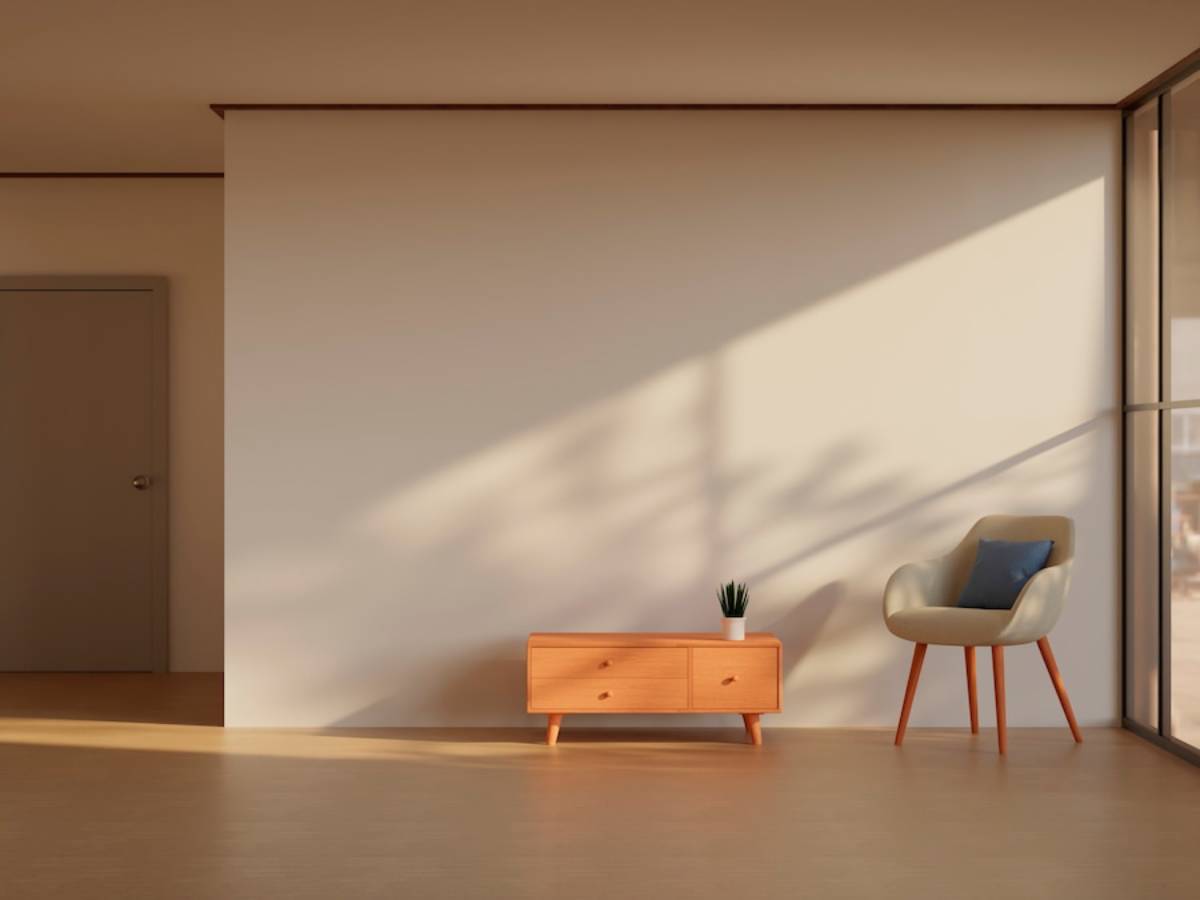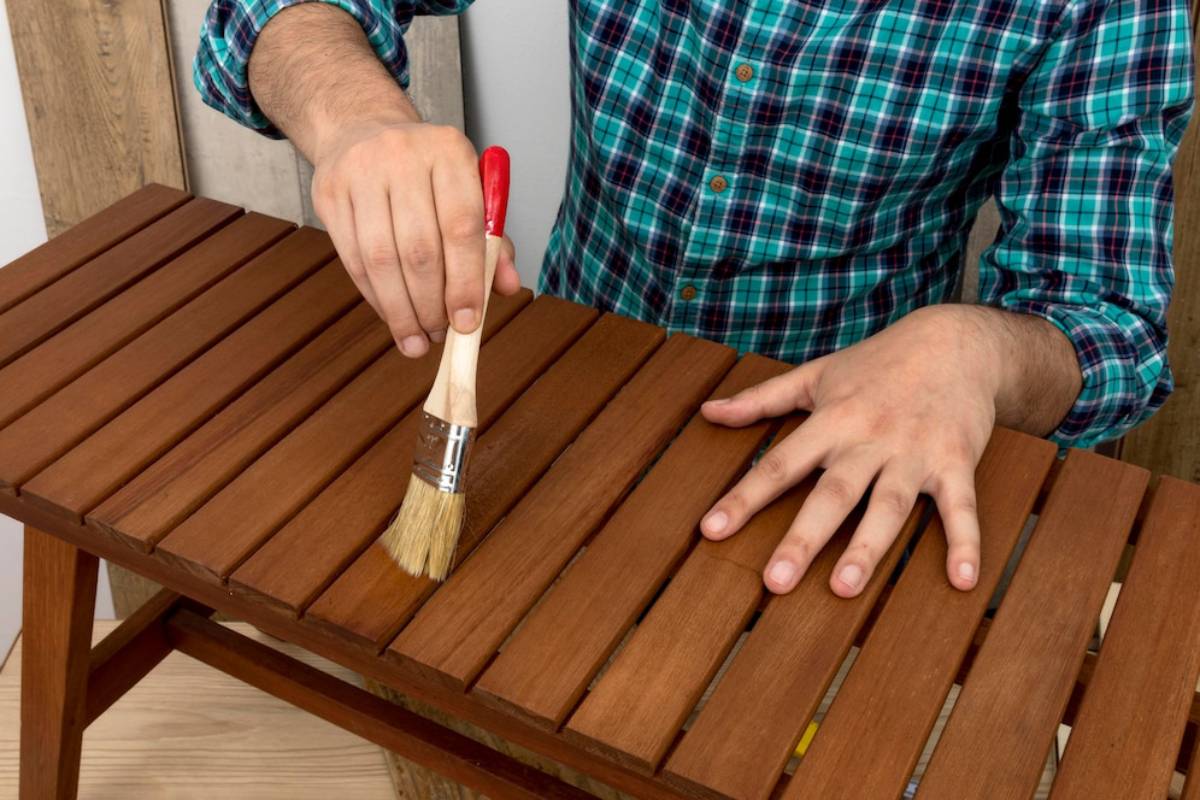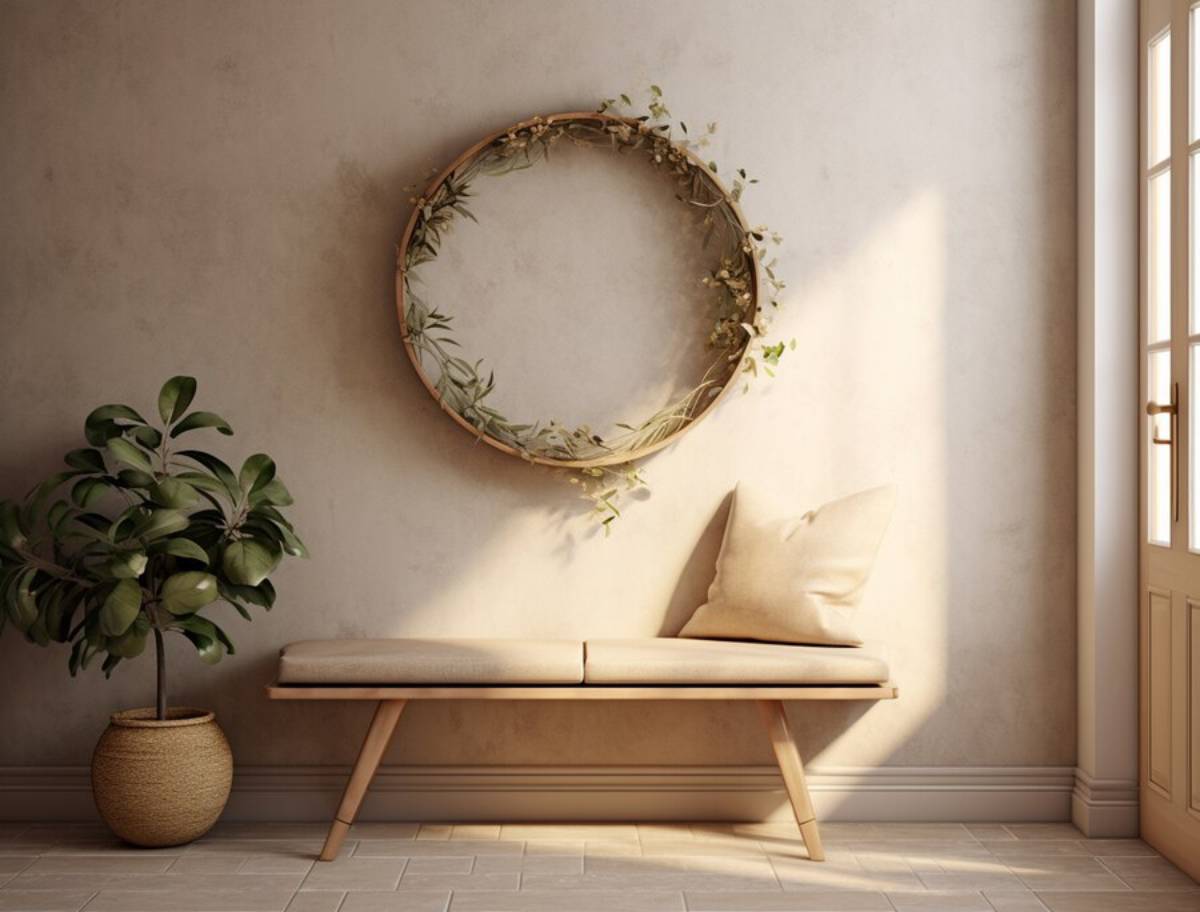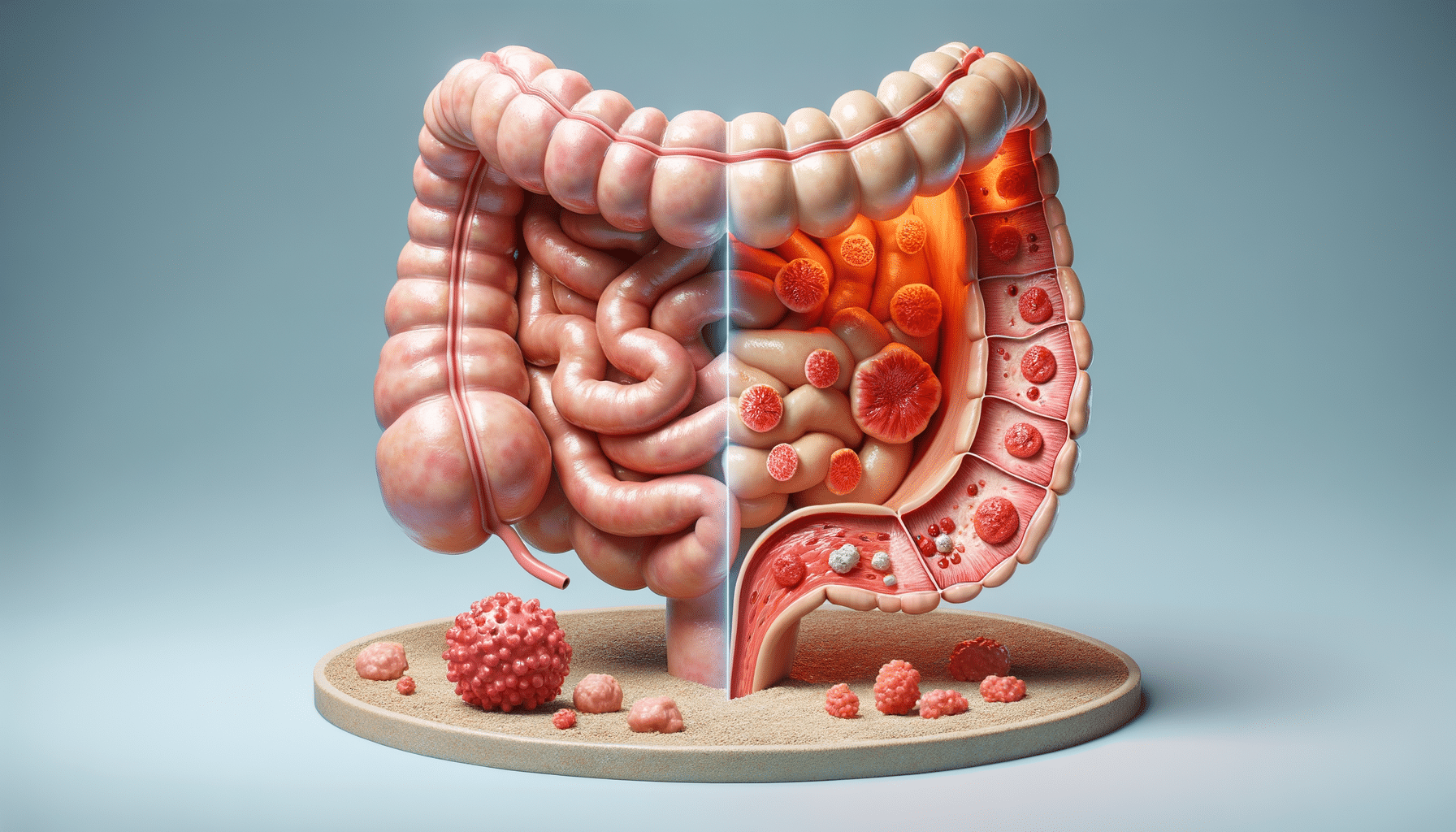
Low VOC Paints and Natural Finishes
Think about how much time you spend indoors — cooking, relaxing, working, sleeping. Now consider the air you’re breathing in that space. Paints and finishes might seem harmless once dry, but many release volatile organic compounds (VOCs) that linger long after the scent is gone. That’s where non-toxic paint and natural finishes come in — and Scandinavian design is leading the charge.
With its long winters and deep-rooted connection to nature, Nordic design is more than a visual aesthetic — it’s a way of living. It values simplicity, wellness, and sustainability. A sustainable interior doesn’t stop at minimalist furniture or energy-saving bulbs. It goes all the way to the walls — quite literally.
In this blog, we’ll explore how low VOC paints and Nordic finishes are transforming modern homes into havens of clean air and conscious design. You’ll learn what to look for, how to use these materials effectively, and why they’re essential for both your health and the planet. Let’s breathe new life into your walls, the Nordic way.
What Are VOCs — and Why Should You Avoid Them?
Understanding the Problem
Volatile organic compounds (VOCs) are chemicals that evaporate into the air at room temperature. Found in traditional paints, varnishes, and adhesives, they contribute to indoor air pollution and are linked to:
- Eye, nose, and throat irritation
- Headaches and dizziness
- Respiratory problems and asthma
- Long-term health concerns, including some cancers
According to the UK’s Department for Environment, Food & Rural Affairs (DEFRA), indoor VOC concentrations can be 2 to 5 times higher than outdoor levels. Not ideal — especially in colder climates where windows stay shut for months.
Enter Low VOC and Non-Toxic Paints
Low VOC paint contains fewer harmful compounds than traditional options, while non-toxic or zero VOC paint takes it a step further — using natural binders and pigments to eliminate toxic emissions altogether. These paints are safer for:
- Children and pets
- People with allergies or asthma
- The environment, during both production and use
Why Scandinavian Interiors Prioritise Natural Finishes
Design Philosophy Meets Environmental Ethos
Scandinavian interiors are famous for their whitewashed walls, muted palettes, and tactile materials. But there’s also a strong ethical undercurrent — design should not harm the people who use it or the world it exists in.
Natural finishes like plant-based oils, beeswax, lime wash, or clay plasters align perfectly with this mindset. They:
- Allow surfaces to breathe
- Age beautifully with patina
- Avoid chemical build-up
- Often biodegrade safely
In the Nordic context, sustainability is built-in — not bolted on as an afterthought. That’s why non-toxic paint and sustainable interior finishes have become staples in Scandinavian design.
Best Non-Toxic Paint Options for a Sustainable Interior
Let’s get practical. If you’re planning to paint your walls, woodwork, or even furniture, here are the safest, most sustainable options to consider:
1. Clay and Lime Paint
What It Is: Made from natural clay or slaked lime, this paint is breathable, moisture-regulating, and beautifully matte.
- Benefits: Naturally anti-mould, zero VOCs, soft texture
- Best For: Bedrooms, living rooms, historic homes
- Scandi Style Tip: Use in earthy tones like chalk white, misty grey, or warm sand
Popular Brands:
- Bauwerk Colour (limewash)
- Earthborn Claypaint (UK)
2. Milk Paint
What It Is: An ancient formula using casein (milk protein), lime, and natural pigments.
- Benefits: Fully biodegradable, no VOCs, gives a chalky vintage feel
- Best For: Upcycling furniture, children’s rooms
- Scandi Style Tip: Try dusty blues or pale sage for a soft Nordic colour palette
Popular Brands:
- Real Milk Paint Co.
- Old Fashioned Milk Paint
3. Plant-Based Emulsions
What It Is: Water-based paints using natural oils (like linseed or castor) and mineral pigments.
- Benefits: Durable, washable, low to zero VOC
- Best For: High-traffic areas like kitchens and hallways
- Scandi Style Tip: Stick to neutrals — taupe, mushroom, or charcoal accents
Popular Brands:
- Graphenstone (lime and plant-based hybrid)
- Auro (organic emulsions)
4. Recycled Paint
What It Is: Leftover paint collected, filtered, and remixed into new batches.
- Benefits: Prevents landfill waste, often low VOC
- Best For: Walls, ceilings, DIY projects
- Scandi Style Tip: Use in underused rooms like guest spaces or studios
Popular Brands:
- Community RePaint (UK network)
- Eico Paints (Icelandic with eco credentials)
Natural Wood Finishes: Beyond the Paint Tin

Paint isn’t the only thing that needs greening. Wood is everywhere in Scandinavian interiors — and how you treat it matters.
1. Natural Oils (e.g. Linseed, Tung)
- Use For: Flooring, furniture, chopping boards
- Benefits: Nourishes wood, biodegradable, non-toxic
- Pro Tip: Reapply annually for protection and sheen
2. Beeswax or Carnauba Wax
- Use For: Shelving, panelling, antique furniture
- Benefits: Adds lustre, water-resistance, zero emissions
- Pro Tip: Buff in thin layers — too much wax gets sticky
3. Soap Finishes
- Use For: Light wood floors and countertops
- Benefits: Clean, soft look; gentle on skin and lungs
- Pro Tip: Used widely in Denmark on raw oak and ash
4. Stains from Natural Materials
- Use For: Artistic effects, upcycled wood projects
- Benefits: Made from coffee, tea, vinegar-steel wool combos
- Pro Tip: Test on scrap first for colour control
Real-World Inspiration: Elina’s Family Home in Helsinki
Elina and her partner renovated their 1960s townhouse in Helsinki with a goal: make it toxin-free for their young children. They chose a mix of clay paint for the bedrooms, linseed-oiled floorboards, and waxed furniture throughout.
“We didn’t want that chemical smell,” Elina says. “Now everything just smells like wood and fresh air — it feels safe.”
Even their kitchen cabinets were repainted with a low VOC plant-based paint in a muted olive tone. “It changed everything. Guests always comment on how calm the house feels.”
How to Incorporate Low VOC Paint and Nordic Finishes in Your Home
Step 1: Audit Your Current Materials
- What’s been painted recently?
- Are your wood finishes off-gassing?
- Any strong chemical odours?
Look out for peeling, yellowing, or flaking paint — it could indicate outdated, high-VOC coatings.
Step 2: Choose a Low VOC or Natural Paint Alternative
Pick your space and priority:
- Bedroom: Go fully non-toxic (e.g. clay or milk paint)
- Kitchen: Use durable, wipeable plant-based emulsion
- Kids’ room: Always choose zero VOC, certified safe products
Don’t forget to ventilate during application, even with natural products.
Step 3: Switch Wood Treatments
If refinishing furniture or installing new floors:
- Opt for natural oils or wax over polyurethane varnish
- Use soap-treated finishes on Scandinavian-style oak or pine floors
- Avoid wood stains with synthetic dyes or solvents
Step 4: Layer with Complementary Textiles
Once your walls and surfaces are toxin-free, extend the concept with:
- Organic cotton curtains
- Recycled wool throws
- Natural fibre rugs (jute, sisal, seagrass)
The result? A fully cohesive, health-forward sustainable interior.
Shopping Guide: Certified and Trusted Brands
Paints
- Earthborn (UK) – Clay-based, breathable, beautiful colours
- Graphenstone – Genuinely non-toxic and high performing
- AURO – German-made, entirely organic materials
Finishes
- Osmo – Natural oils and waxes with strong durability
- Fiddes & Sons – Traditional wax polishes
- Bauwerk – High-end limewash finishes, especially popular in Nordic homes
Design That Breathes

Choosing non-toxic paint and natural finishes is about more than aesthetic appeal. It’s about creating a space that supports your wellbeing, reflects your values, and contributes to a cleaner planet.
In true Nordic fashion, simplicity and sustainability go hand-in-hand. Whether it’s a whitewashed clay wall or a softly glowing oiled floorboard, these choices ground your home in calmness, clarity, and care.
So next time you reach for a paintbrush, ask yourself: what am I inviting into this space — for my family, my health, and the earth?
Feeling inspired? Share your favourite natural finishes, zero VOC discoveries, or Nordic home projects in the comments. Or drop a question if you’re planning your next sustainable makeover — we’re here to help you paint it clean.


